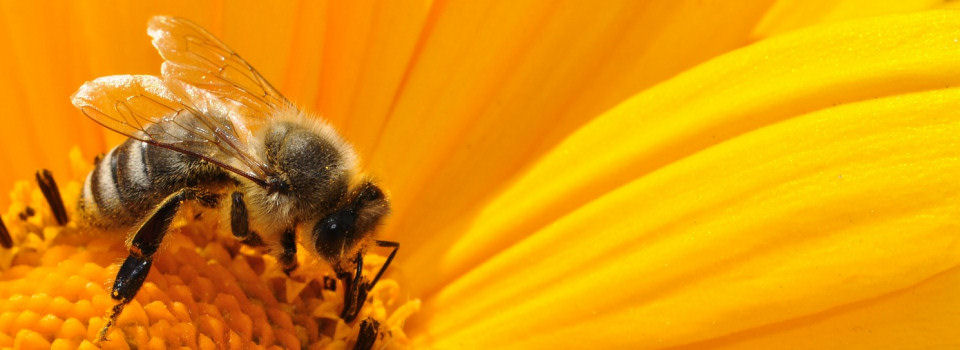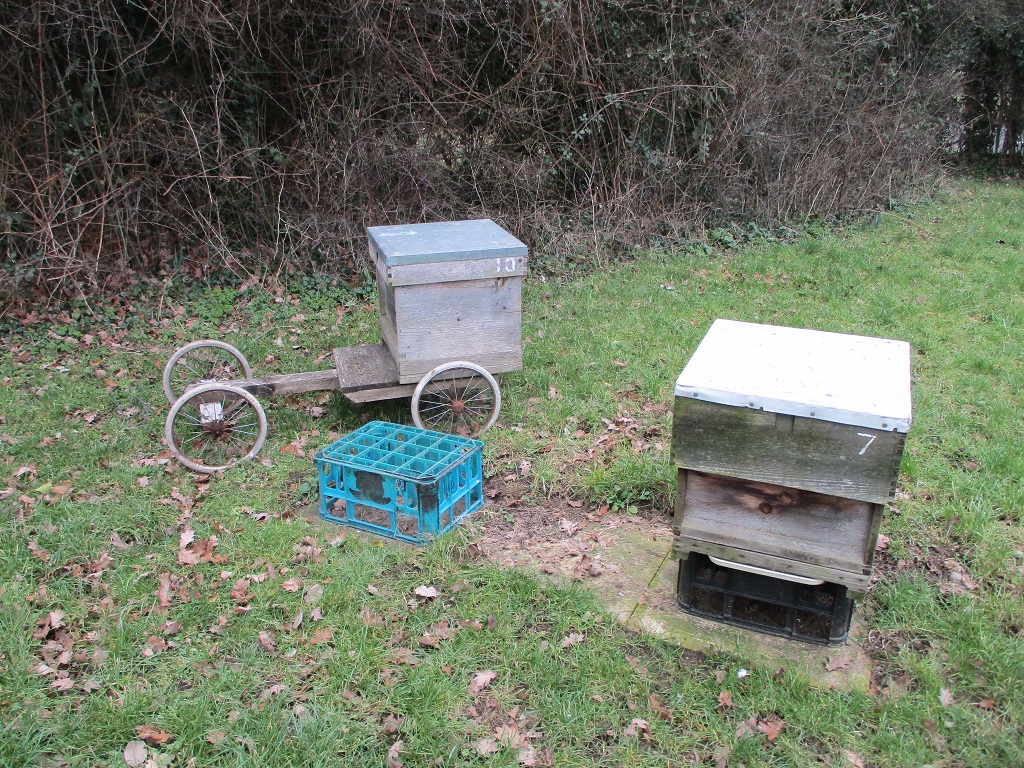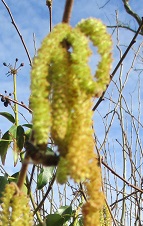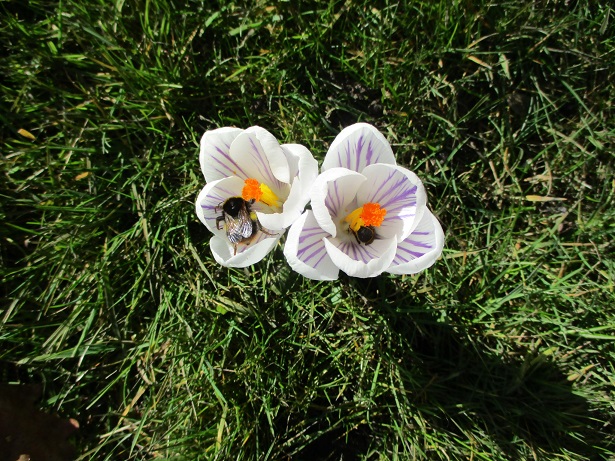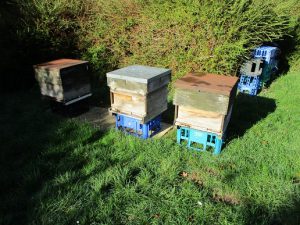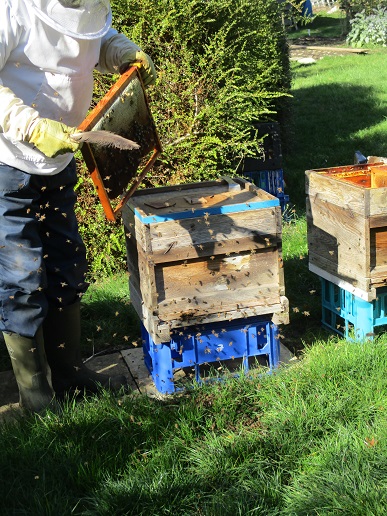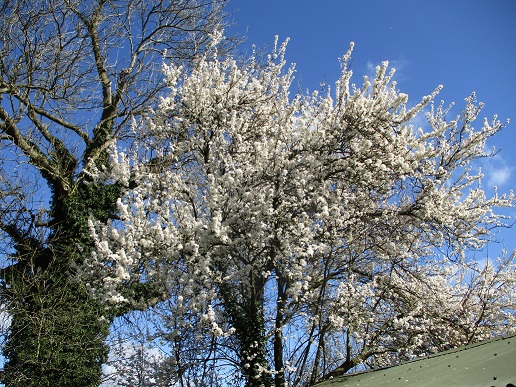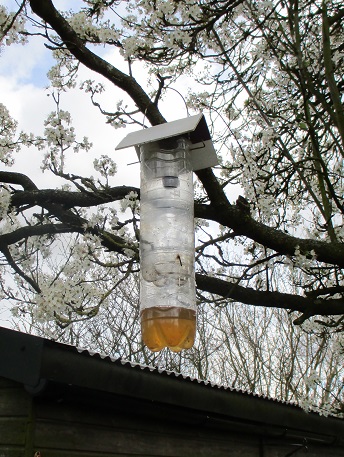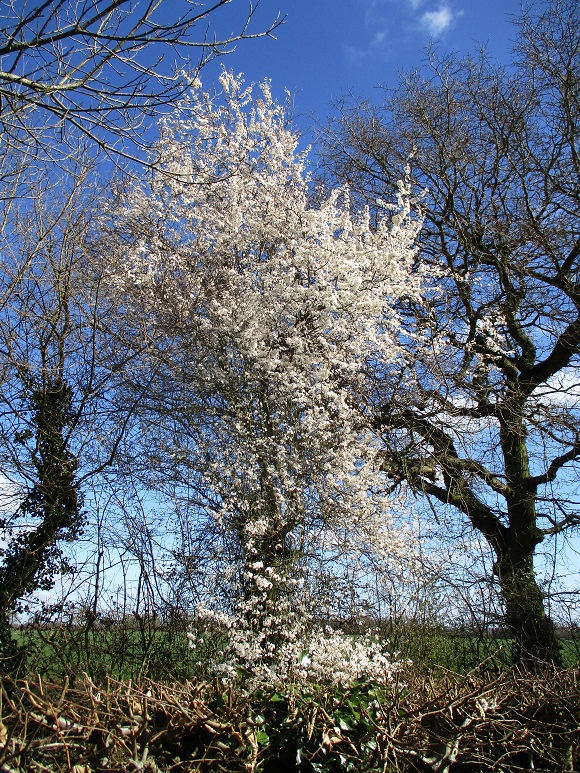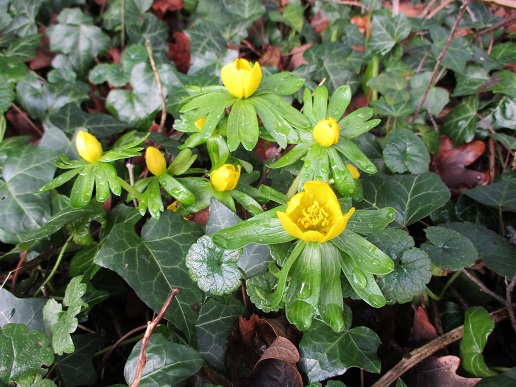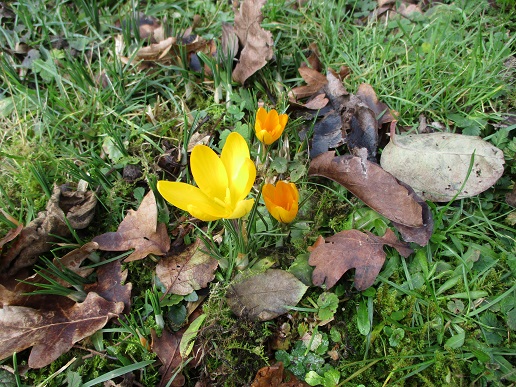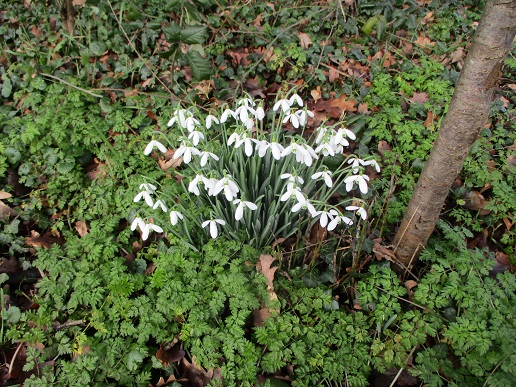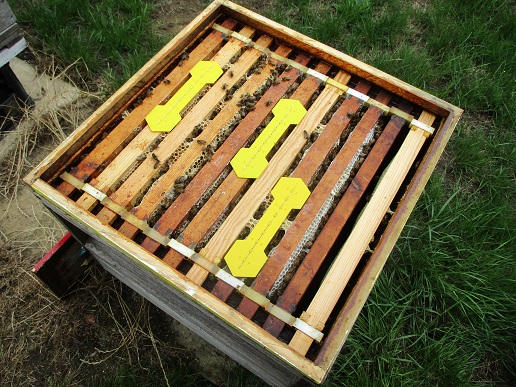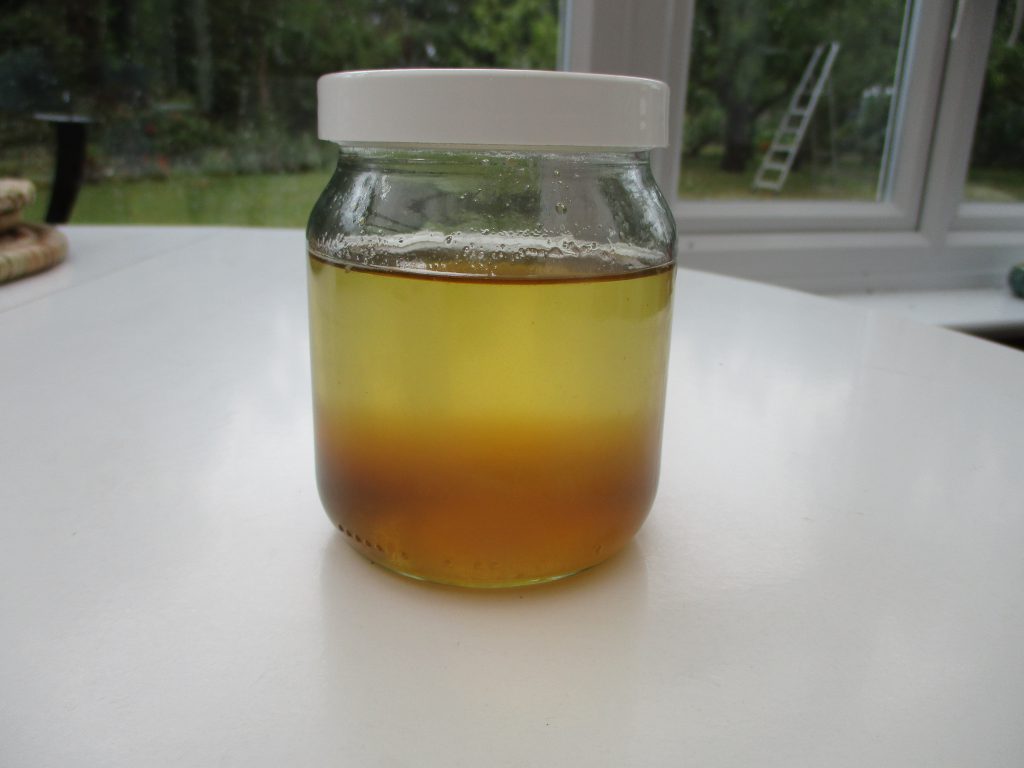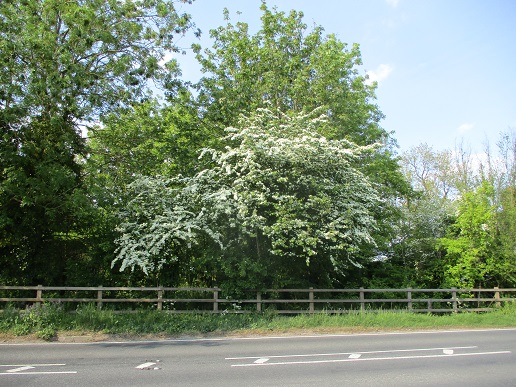In January I found that two hives had died. On opening the hive I fouind the cluster had been just too small to survive. There were no visible signs of Deformed Wing Virus and varroa levels had been kept very low by two winter sublimations and ten weeks of Apivar. The queens were from 2021 but these two colonies were the best yielding producing 7-8 supers each previous year. Why did they dwindle away? I'll never know. The hives have been removed and sterilizing pads put in each so that the uneaten frames of stores can be employed elsewhere.
The demise of two colonies however is not a major loss as I am now back to the eight colonies I’ve over-wintered in earlier years. Hives 9 and 10 will be moved across to the gaps left by 5 and 8. The boy’s go-cart was renovated last year so I now have an ideal hive transporter. The hives to be moved were very heavy; too heavy to be lifted for each move. On the seat of the g-cart however they can be easily pulled a further 3 feet every flying day.
I stress the flying day as I have yet to read a beekeeping book which recognises the fact that if you have ten days of bad weather and the bees stay indoors, continual daily moving of the hive means they will emerge from a hive 30 feet away from its original position. Too far for them to re-orientate.
February has seen the longest, fattest hazel catkins I’ve ever known. The are many hazel bushes in the hedge and it's been marvellous to see so many bees all over them returning to their hives loaded with the pale greeny-yellow pollen.
Bees collecting hazel pollen from catkins.
The snowdrops, aconites and crocus have provided the regular springtime diet. One of two emerging queen bumbles have been joining them for a meal on the crocus.
The bullace and cherry plum are about to burst into flower and it's then that the spring feasting can commence.
